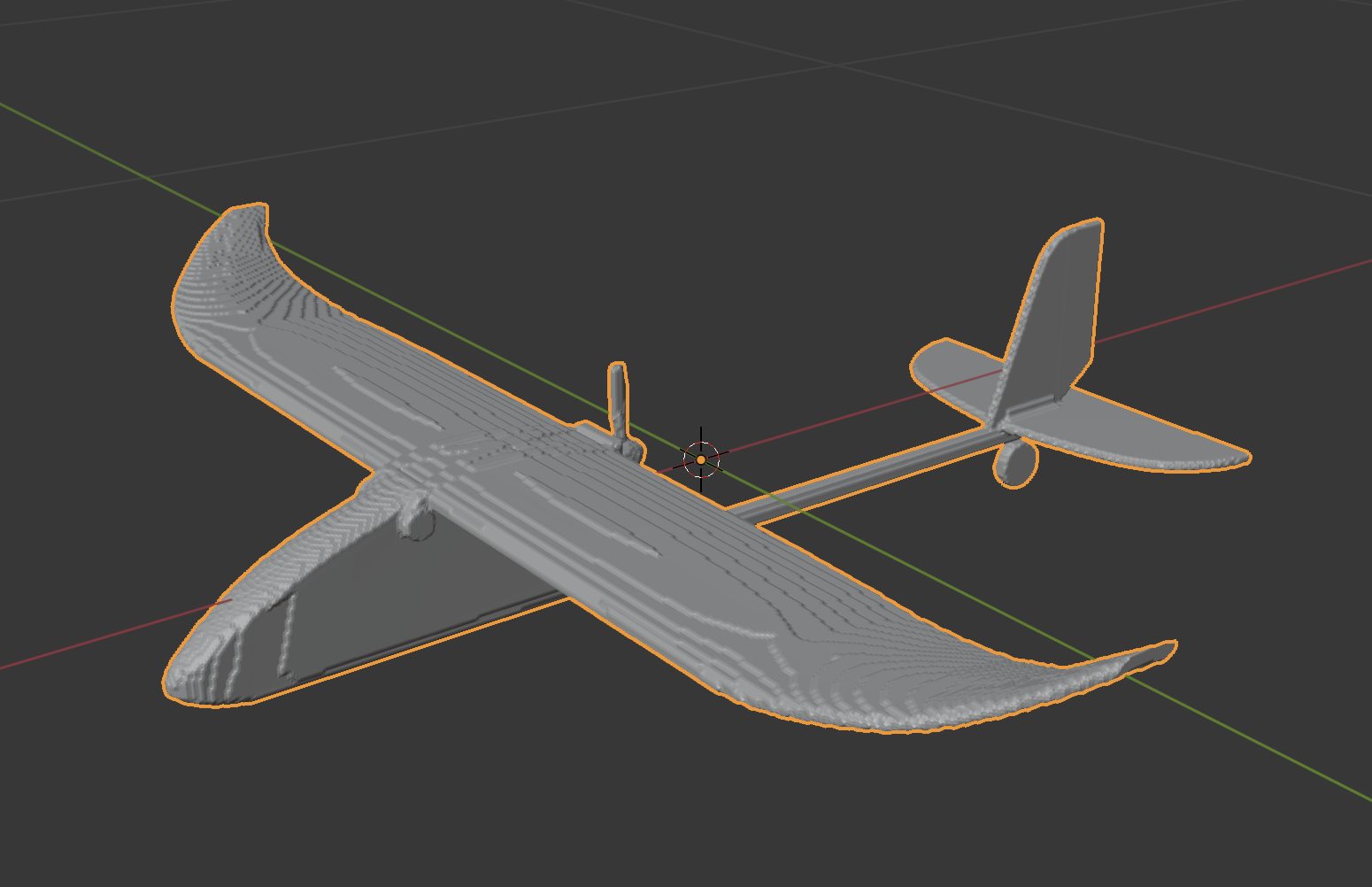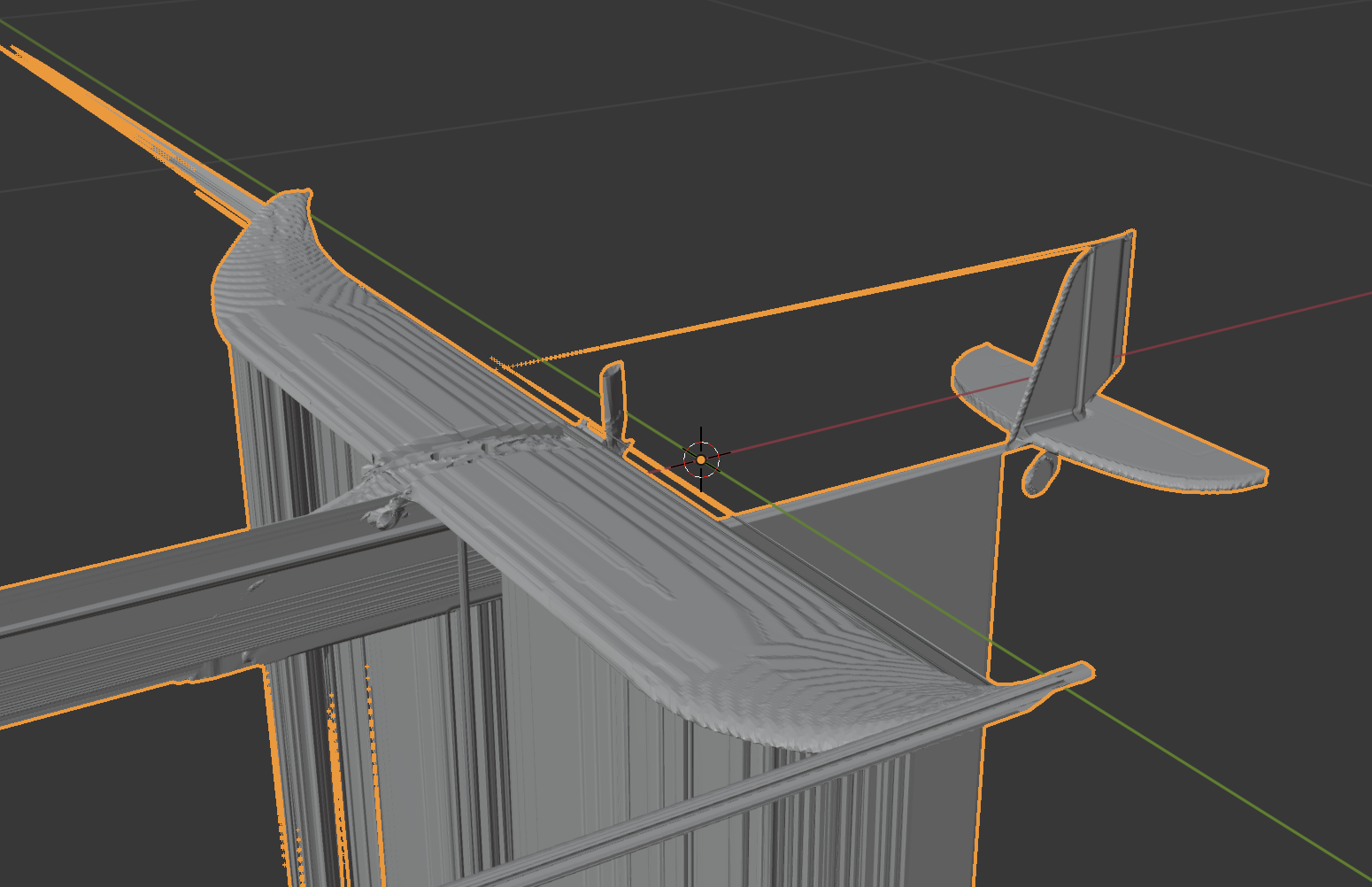Implementing Sparc3D
Using Sparc3D's paper as a reference.
Repository
Introduction
I was excited about the results of Sparc3D
Part of their paper details a fast method to obtain Sign distance fields (SDF) on a regular grid of size 1024 x 1024 x 1024 voxels, denoted SDF-1024$^3$. They report under 30s so this was my main target. Later I will analyse the additional components they report.
Goals
SDF-1024$^3$ in under
- 16GiB of VRAM
- 30s
Implementation
I used NVIDIA’s Kaolin libraryscipy.ndimage.label which despite being CPU bound is VERY performant, and I was very happy with this part! Finally, I had to make modifications to FlexiCubes as the original implementation calculates the surface sparsely, but relies on evaluating a dense (D,H,W) tensor of floating point SDFs for querying cube neighbours. While fast, it was not memory efficient and I found myself constantly getting OutOfMemory exceptions. This was the painful part.
Heirarchical resolution of the UDF
Insight: why calculate the UDF-1024$^3$ for all 1025$^3$ grid points when almost all are discarded in Marching cubes.\
The algorithm calculates a coarse UDF (at resolution[0]), then refines only the voxels which have a vertex with a distance at or below the threshold. This can then be repeated an abitrary number of times as long as the next resolution is a multiple of the previous.
args: resolutions [list<int>]
res = Pop(resolutions)
grid = SparseGrid(res, mask=None)
udf = ComputeUDF(grid)
threshold = udf <= sqrt(3) / res
FOR res in resolutions:
mask = udf < threshold
grid = SparseGrid(res, mask=mask)
udf = ComputeUDF(grid)
threshold = udf <= sqrt(3) / res
return udf
Sparc3D analysis
- Converting the UDF to SDF via the flood-fill labelling is the best contribution in my opinion.
- The high quality results come entirely from the the rendering refinement, not from the initial SDF. This is just a fast initialiser.
- Displacing the vertex with the UDF gradient adds unnecessary complexity.
- The triangle hole patching trick makes me think they had aggressive surface thresholds or had to compensate for the displacement issue
Why is the displacement bad?
- Memory. The torch.gradient operation in 3D takes more than 16GB for a 1024$^3$ tensor.
- Introduces a hyperparameter.
- Gradient calculation is unstable.
- Not necessary if you are doing rendering refinement.
See figure 1. The level-set of SDF-512$^3$ with and without $\eta$ of $10^{-2}$.

